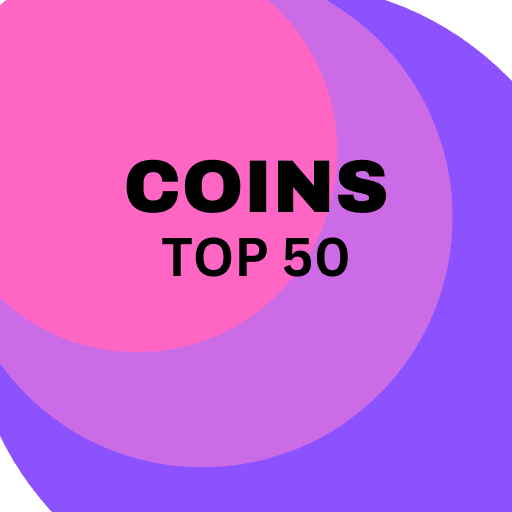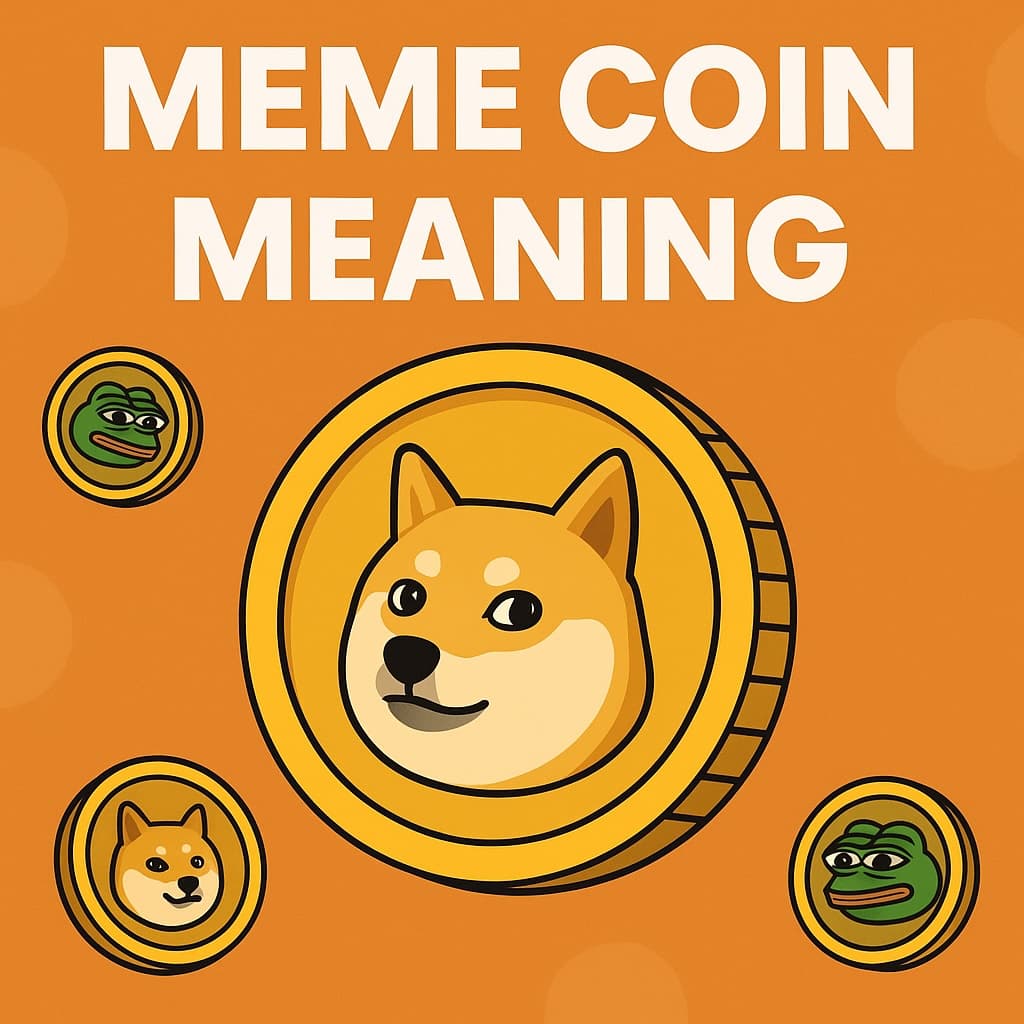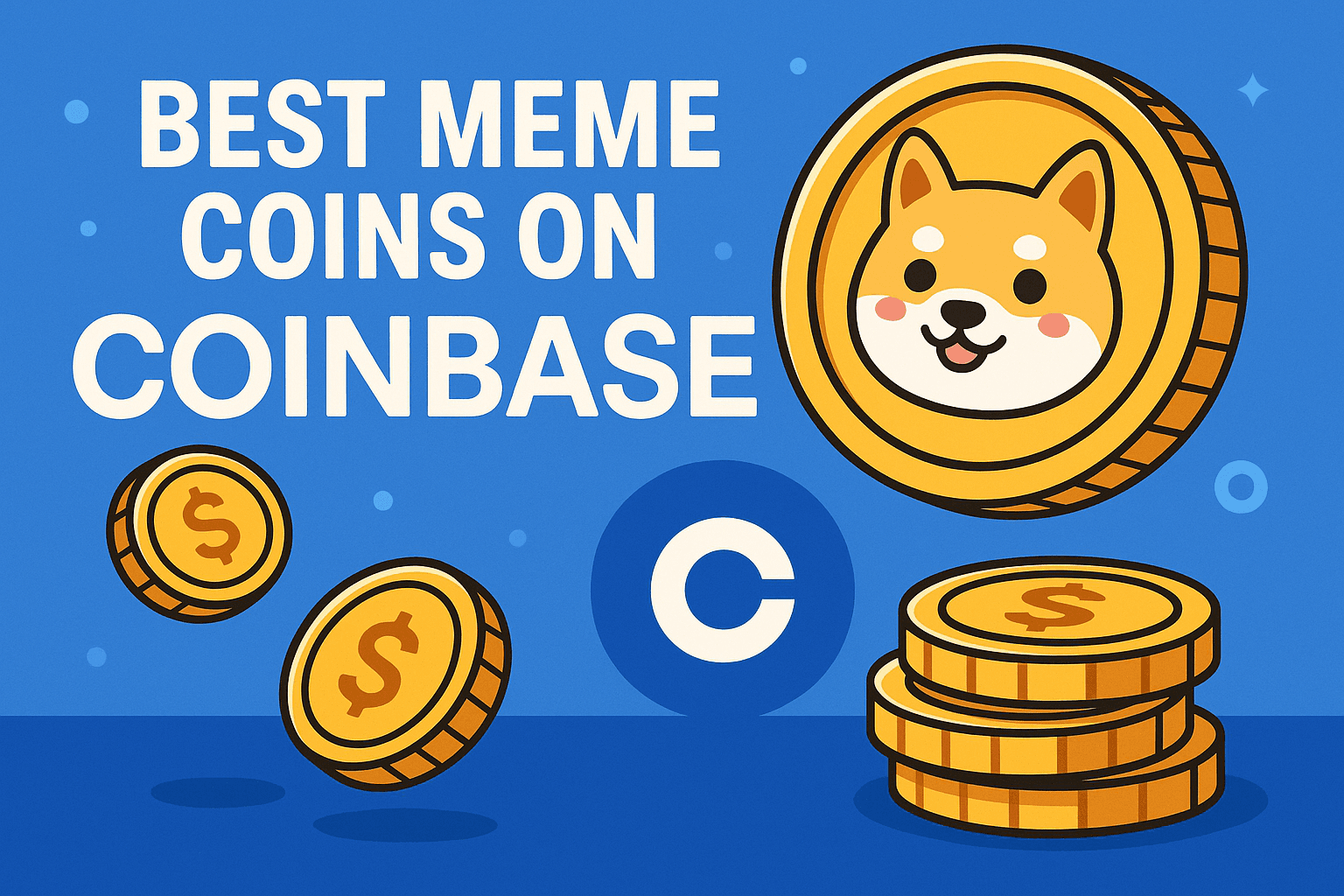.jpg&w=3840&q=75)
DYOR: How to Research Any Token Before You Buy
In the fast-paced world of cryptocurrency, the phrase "Do Your Own Research" (DYOR) is more than just a buzzword—it's a critical step to protect your investments and make informed decisions. With thousands of tokens flooding the market, from established projects to speculative meme coins, conducting thorough research before buying is essential to avoid scams, rug pulls, or simply poor investment choices. This guide will walk you through a step-by-step process to master DYOR and confidently navigate the crypto space.
Why DYOR Matters in Crypto
The crypto market is decentralized and largely unregulated, which means it’s ripe with opportunities but also fraught with risks. Unlike traditional investments, where regulatory bodies provide some oversight, crypto projects often operate with minimal transparency. Scams, overhyped projects, and market manipulation are common, making it crucial for investors to verify information themselves. DYOR empowers you to separate legitimate projects from potential pitfalls, ensuring your hard-earned money is invested wisely.
Step 1: Understand the Project’s Purpose and Use Case
Every token should have a clear purpose. Start by asking: What problem does this project solve, and why does it need a token? A strong project has a well-defined use case, whether it’s enabling decentralized finance (DeFi), powering a blockchain game, or facilitating cross-border payments.
- Where to Look: Visit the project’s official website and read the whitepaper or litepaper. These documents outline the project’s goals, technology, and tokenomics.
- Red Flags: Vague descriptions, overly ambitious claims (e.g., “revolutionizing everything”), or a lack of a whitepaper are warning signs.
Pro Tip: Check if the project’s use case is unique. If it’s a copycat of an existing protocol without meaningful innovation, it may struggle to gain traction.
Step 2: Research the Team and Their Track Record
The people behind a project are often a make-or-break factor. A competent and transparent team inspires confidence, while anonymity or a shady history can spell trouble.
- What to Do: Look for the team’s bios on the project website, LinkedIn, or platforms like X. Verify their credentials and past projects.
- Red Flags: Anonymous teams, fake LinkedIn profiles, or a history of failed or scammy projects are major concerns.
Pro Tip: Search for team members’ names on X or Google to see if they’ve been associated with controversies or rug pulls. Posts on X can reveal real-time discussions about their reputation.
Step 3: Analyze the Tokenomics
Tokenomics refers to the economic structure of a token—its supply, distribution, and utility. Poorly designed tokenomics can lead to inflation, dumping, or lack of long-term value.
- Key Questions:
- What is the total and circulating supply?
- How are tokens allocated (e.g., team, investors, community)?
- Is there a vesting schedule for team and investor tokens?
- Does the token have a clear utility within the ecosystem?
- Where to Look: Check the whitepaper, CoinMarketCap, or CoinGecko for supply details. Projects often publish tokenomics on their blogs or Medium pages.
- Red Flags: High team allocations with no lockup period, uncapped supply, or tokens with no real utility.
Pro Tip: Use tools like Messari or Dune Analytics to dive deeper into on-chain data and token distribution.
Step 4: Evaluate Community and Market Sentiment
A strong, engaged community can indicate a project’s potential, while a lack of interest or toxic behavior might suggest trouble.
- What to Do:
- Join the project’s Discord, Telegram, or Reddit to gauge community activity.
- Monitor X for real-time sentiment. Search for the project’s name or token ticker to see what users are saying.
- Check GitHub for developer activity if the project is open-source.
- Red Flags: Inactive communities, bots spamming positive comments, or a lack of developer updates.
Reach our audience of developers and tech enthusiasts with your product or service.
Pro Tip: Be wary of projects with aggressive shilling on social media. Genuine projects focus on building, not hyping.
Step 5: Investigate Partnerships and Technology
Credible partnerships and robust technology can set a project apart. Look for collaborations with established companies or integrations with reputable blockchains.
- What to Do:
- Check the project’s blog or X account for partnership announcements.
- Review the technology (e.g., is it built on Ethereum, Solana, or a custom blockchain?).
- Test the product if it’s live, such as a dApp or wallet.
- Red Flags: Fake partnerships (verify claims on both parties’ official channels) or a non-functional product despite years of development.
Pro Tip: Use blockchain explorers like Etherscan or Solscan to verify on-chain activity, such as transaction volume or wallet interactions.
Step 6: Assess Market Conditions and Timing
Even the best projects can struggle in a bear market, while mediocre ones may ride a bull market wave. Timing your investment is crucial.
- What to Do:
- Check the overall crypto market trend using tools like TradingView or CoinGecko.
- Research the token’s price history to avoid buying at an all-time high.
- Stay updated on macro events (e.g., Bitcoin halving, regulatory news) via X or crypto news sites.
- Red Flags: Tokens with massive price pumps driven by hype rather than fundamentals.
Pro Tip: Dollar-cost averaging (DCA) can reduce risk by spreading your investment over time.
Step 7: Beware of Scams and Security Risks
Crypto is a breeding ground for scams, from phishing sites to fake token contracts. Always prioritize security.
- What to Do:
- Double-check the official website URL and contract address on CoinMarketCap or the project’s X account.
- Use trusted exchanges like Binance, Coinbase, or decentralized platforms like Uniswap.
- Store tokens in a secure wallet, such as a hardware wallet or MetaMask with strong security practices.
- Red Flags: Promises of guaranteed returns, unsolicited DMs on X or Telegram, or pressure to “buy now.”
Pro Tip: Enable two-factor authentication (2FA) on all crypto accounts and never share your private keys.
Tools and Resources for DYOR
To streamline your research, leverage these tools and platforms:
- CoinMarketCap/CoinGecko: Track token prices, market cap, and contract addresses.
- Etherscan/Solscan: Verify on-chain activity and smart contracts.
- Messari/Dune Analytics: Analyze tokenomics and market data.
- X: Monitor real-time sentiment and news.
- GitHub: Check developer activity for open-source projects.
- Crypto News Sites: Stay updated with CoinDesk, CoinTelegraph, or The Block.
Final Thoughts: Stay Curious and Cautious
DYOR isn’t a one-time task—it’s an ongoing process. The crypto market evolves rapidly, and staying informed is your best defense against risks. By thoroughly researching a project’s purpose, team, tokenomics, community, technology, and market conditions, you’ll be better equipped to make confident investment decisions.
Before buying any token, ask yourself: Does this project align with my goals, and am I comfortable with the risks? If the answer is yes, you’re on the right track. If not, keep researching—there’s always another opportunity in the crypto world.
Ready to dive into crypto? Start your DYOR journey today, and share your favorite research tips in the comments below! For more crypto insights, subscribe to our blog or follow us on X for real-time updates.


